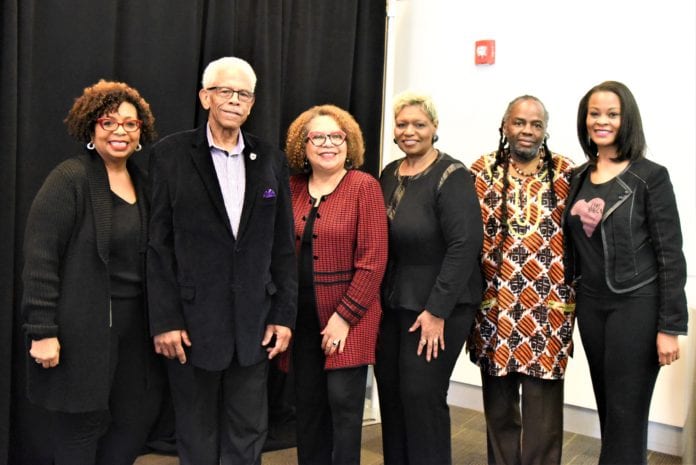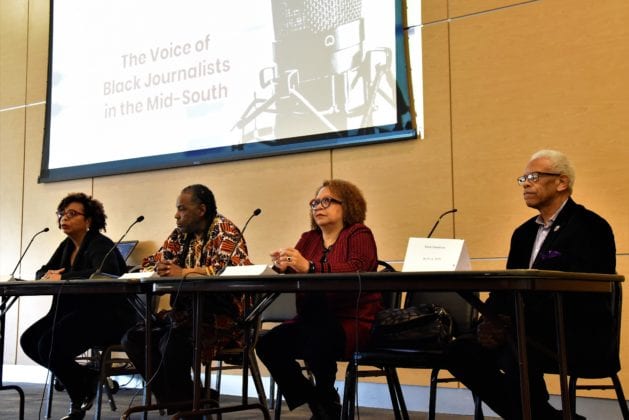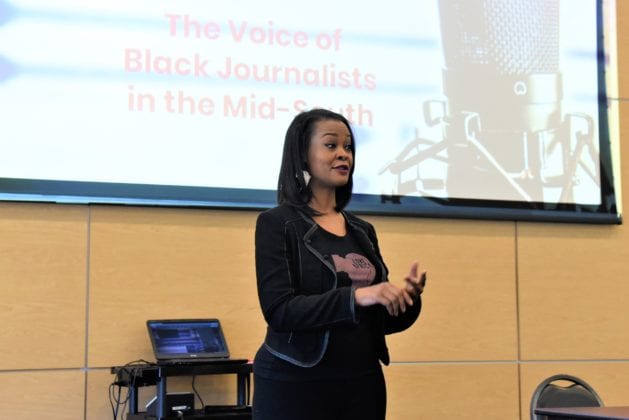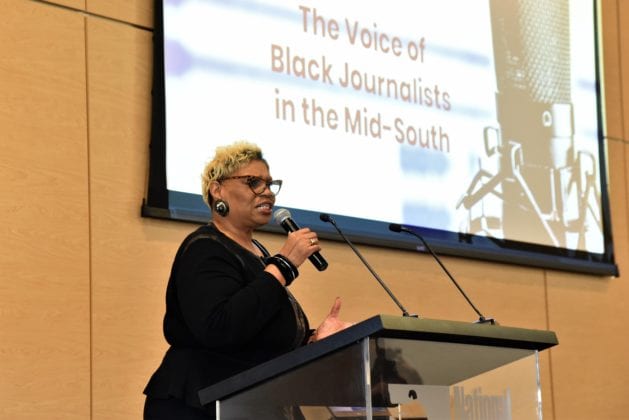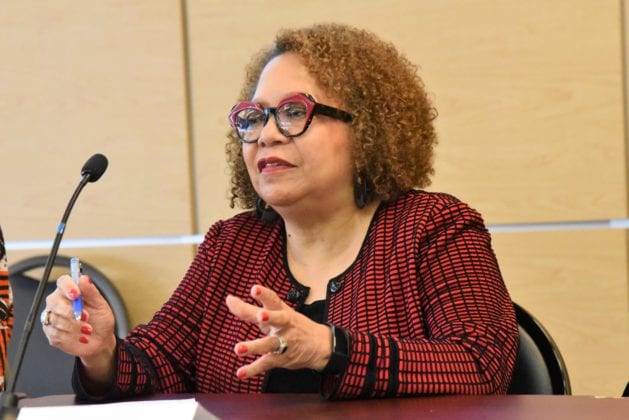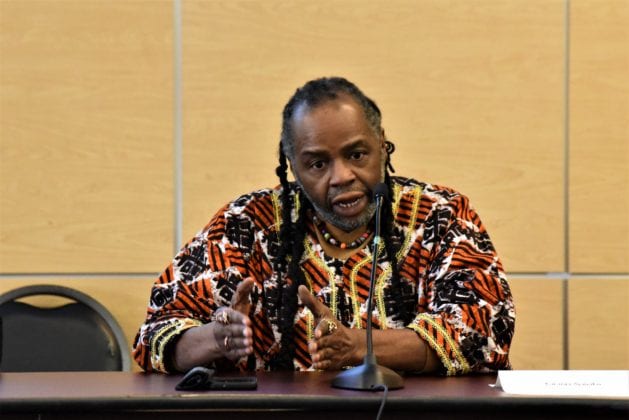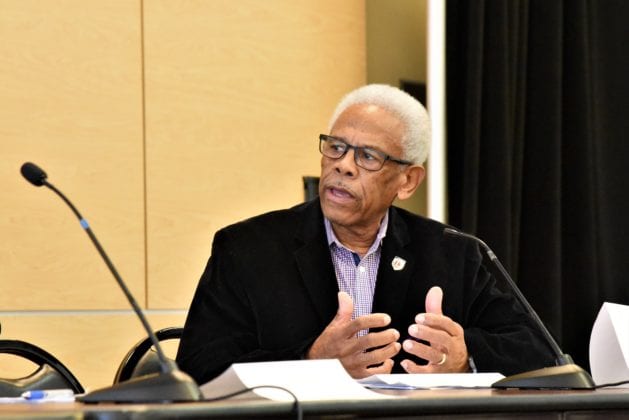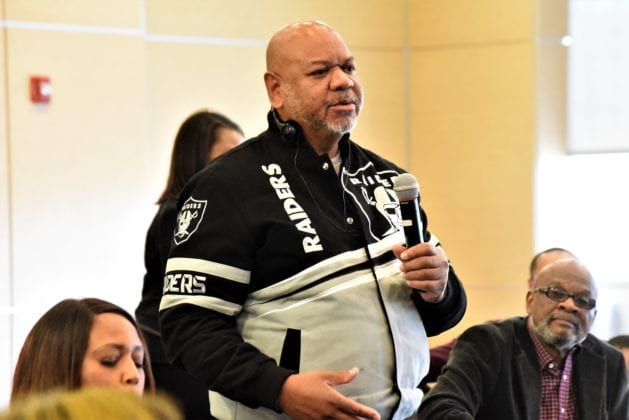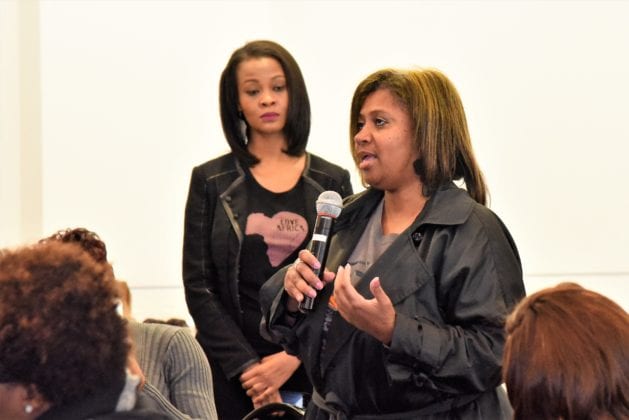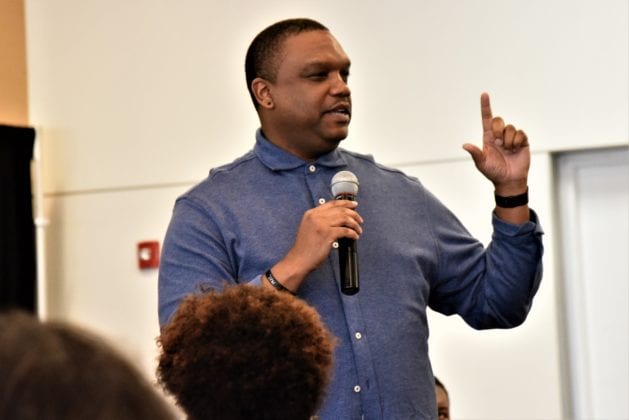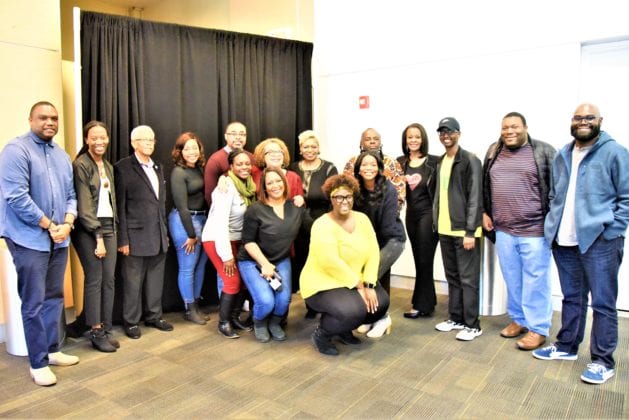The impact of the black press was at the forefront, as the Memphis Association of Black Journalists hosted “Salute to Black Media,” a panel discussion held at the National Civil Rights Museum Saturday.
“We’ve been depending on black media since the beginning; and thank God for black media because we would have no idea what was going on in our community and what was happening against us,” said Faith Morris, chief marketing officer for the National Civil Rights Museum.
Morris was on the panel with several local media trailblazers — former senior writer for Ebony Magazine Lynn Norment, long-time WDIA radio host Mark Stansbury and The New Tri-State Defender Associate Publisher/Executive Editor Karanja A. Ajanaku. WDIA’s award-winning talk show host Bev Johnson moderated the event.
“We have a different way of telling stories about us — about our people,” Norment said. “We need to tell our stories from our perspectives.”
And that has been the purpose of the black press since the first black-owned publication launched in 1827. Known as the Freedom’s Journal, its founding editors Rev. Samuel Cornish and John B. Russworm noted that the publication’s purpose was to tell the stories of black people from a black people’s perspective.
“We wish to plead our own cause. Too long have others spoken for us. Too long has the public been deceived by representations, in things which concern us dearly,” Cornish and Russworm wrote in the first edition.
Almost 200 years later, journalists said the need for black press is still critical across the globe and in Memphis.
“The black population is the majority population in Memphis. We need to make sure that there is a qualified perspective of our stories,” Morris said.
The racial disparity is glaring in newsrooms across the country. Although non-whites make up about 40 percent of the U.S. population, journalists of color comprise only 16.55 percent of newsrooms’ staff in 2017, according to the American Society of Newspaper Editors (ASNE) Newsroom Employment Survey.
Larger newsrooms and digital news organizations fare a bit better with approximately 24 percent of people of color represented; however only 13 percent are newsroom leaders.
The prominent Chicago Defender and The New Tri-State Defender frequently were mentioned during the panel discussion. Both publications, over the years, have covered some of the most notable events in black history, making them critical and trustworthy resources for black people.
The Chicago Defender, founded in 1905 by Robert S. Abbott, reported on and campaigned against Jim Crow era violence, segregation in the military during World War II and critical moments in the Civil Rights era.
Years later, the Tri-State Defender was founded in 1951 by then-owner of the Chicago Defender John H. Sengstacke. The newspaper would go on to lead coverage of the 1955 murder of Emmett Till, the African-American teen from Illinois killed in Mississippi after being accused of flirting with a white woman.
It’s this kind of coverage that journalists on the panel said is needed in America.
“History would not be served if we didn’t cover our history. The Tri-State Defender was the only publication back in the day in Memphis that actually referred to blacks being black,” Stansbury said, noting that other publications once referred to black adults as “girls and boys.”
“There are stories in the Tri-State about us that you would never see in other local publications.”
Gallery: Photos by Gary S. Whitlow/GSW Enterprises
Ajanaku noted that the first point in the 10-point program that debuted with the newspaper in 1951 was to “tell the achievements of all the citizens it serves.” He said that still is true today for The New Tri-State Defender.
“We aren’t trying to sell The New Tri-State Defender because it’s a black newspaper; it’s good content. It’s a good newspaper,” he said.
While content is king, journalists said over the years the black press has provided more than just information. It also inspired hope.
“As a child Ebony [magazine] gave me a whole different view of the world, way beyond Tennessee. It gave me dreams and aspirations, connecting me with black people from all over the world,” Norment recalled. “Of course, I had no idea then that I would go on to work for them, but I knew I wanted to be a journalist. Ebony had a great influence on my life.”
The now defunct magazine once served as premier news and entertainment source for African Americans. Its demise shed light on some of the issues facing the black press.
“Advertisers know that we are great consumers, but they often times don’t want to spend money in the black press. So how can we survive? The black press has so many things going against it,” Norment said.
The former long-time editor offered this call to action to media consumers.
“Support the black press. Advertise with the black press. We must do that for the black press to survive,” Norment said.
Kelli Cook, a reporter for WMC-TV and the president of the MABJ, hopes the panel provided more awareness and ultimately increases the support of the black press.
“It’s important for black journalists to understand the black press is where it all began,” Cook said. “This was hopefully a wakeup call for us and a way to salute those who have done the work before us. We have to continue supporting our black press,” she said.
(The MABJ serves the mid-south community as a catalyst for the education, support, and advancement of black journalist and media professionals. For more information on the organization, visit their website at www.mabjtn.org.)



